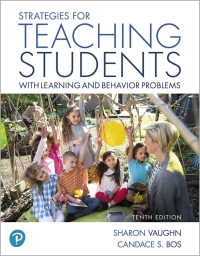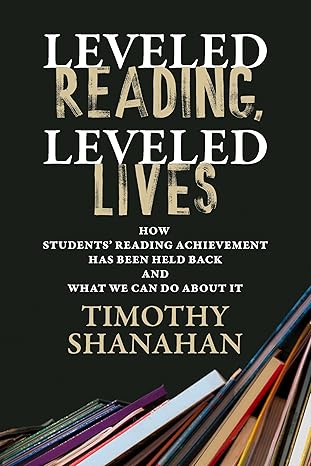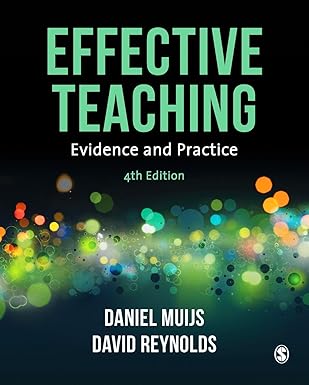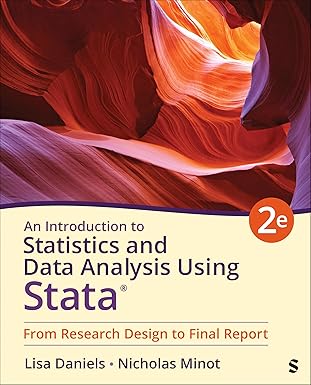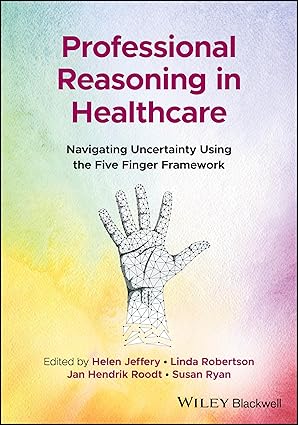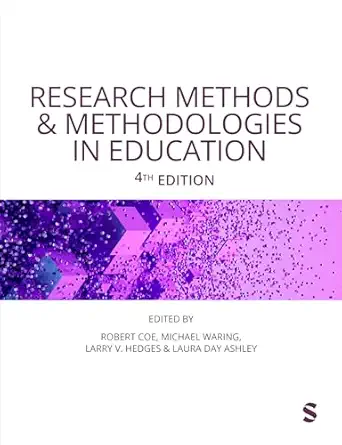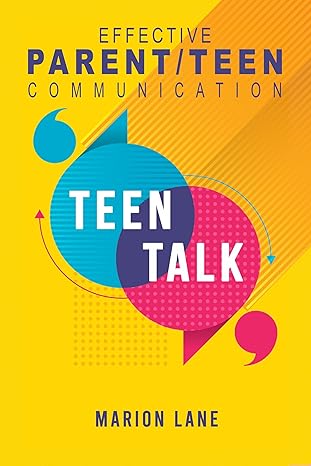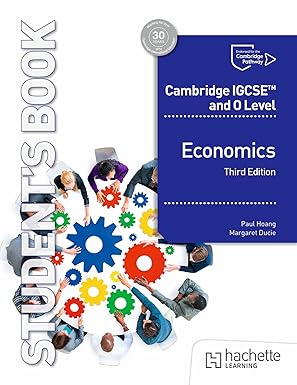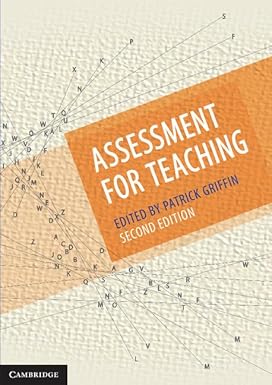Methods for working effectively with students who have learning and behavior problems Strategies for Teaching Students with Learning and Behavior Problems prepares teachers to meet the needs of elementary and secondary students with learning and behavior problems in a variety of settings. The text builds foundation with information about general approaches to learning and teaching, then turns to specific content areas such as reading, math, oral and written expression, and social and study skills. The authors present information about classroom and behavior management, consultation, and collaboration with families and professionals so that beginning teachers can develop a plan of action for the school year and experienced teachers can refine these skills. The 10th Edition continues to include fresh ideas and information, and has been updated throughout to reflect the latest research on RTI and MTSS, classroom management, positive behavior support, and more. Also available digitally via MyLab Education, which includes the Pearson eText. Bycombining trusted author content with digital tools and a flexible platform, MyLab personalizes the learning experience and improves results for each student. MyLab Education helps teacher candidates bridge the gap between theory and practice – better preparing them for success in their future classrooms. Note: You are purchasing a standalone product; MyLab Education does not come packaged with this content. Students, if interested in purchasing this title with MyLab Education, ask your instructor to confirm the correct package ISBN and Course ID. Instructors, contact your Pearson representative for more information. If you would like to purchase both the physical text and MyLab Education, search for: 0134773691 / 9780134773698 Strategies for Teaching Students with Learning and Behavior Problems plus MyLab Education with Pearson eText -- Access Card Package Package consists of: 0134791983 / 9780134791982 MyLab Education with Pearson eText -- Access Card -- for Strategies for Teaching Students with Learning and Behavior Problems 0134792017 / 9780134792019 Strategies for Teaching Students with Learning and Behavior Problems
چکیده فارسی
روشهای کار مؤثر با دانشآموزانی که مشکلات یادگیری و رفتاری دارند راهبردهای آموزش دانشآموزان با مشکلات یادگیری و رفتاری، معلمان را برای برآوردن نیازهای دانشآموزان ابتدایی و متوسطه با مشکلات یادگیری و رفتاری در محیطهای مختلف آماده میکند. متن با اطلاعاتی در مورد رویکردهای کلی یادگیری و تدریس پایه و اساس میسازد، سپس به حوزههای محتوایی خاص مانند خواندن، ریاضی، بیان شفاهی و نوشتاری، و مهارتهای اجتماعی و مطالعه میپردازد. نویسندگان اطلاعاتی در مورد مدیریت کلاس و رفتار، مشاوره و همکاری با خانواده ها و متخصصان ارائه می دهند تا معلمان مبتدی بتوانند برنامه عملی برای سال تحصیلی ایجاد کنند و معلمان با تجربه بتوانند این مهارت ها را اصلاح کنند. ویرایش 10 همچنان شامل ایدهها و اطلاعات تازه است و در سرتاسر به روز شده است تا آخرین تحقیقات در مورد RTI و MTSS، مدیریت کلاس درس، پشتیبانی از رفتار مثبت و موارد دیگر را منعکس کند. همچنین از طریق MyLab Education که شامل Pearson eText است، به صورت دیجیتالی در دسترس است. MyLab با ترکیب محتوای نویسنده قابل اعتماد با ابزارهای دیجیتال و یک پلت فرم انعطاف پذیر، تجربه یادگیری را شخصی می کند و نتایج را برای هر دانش آموز بهبود می بخشد. MyLab Education به داوطلبان معلم کمک میکند تا شکاف بین تئوری و عمل را پر کنند - آنها را بهتر برای موفقیت در کلاسهای درس آینده خود آماده کند. توجه: شما در حال خرید یک محصول مستقل هستید. MyLab Education همراه با این محتوا ارائه نمی شود. دانشجویانی که علاقه مند به خرید این عنوان با MyLab Education هستند، از مربی خود بخواهند تا ISBN و شناسه دوره صحیح بسته را تایید کنند. مربیان، برای اطلاعات بیشتر با نماینده پیرسون خود تماس بگیرید. اگر میخواهید هم متن فیزیکی و هم آموزش MyLab را بخرید، جستجو کنید: 0134773691 / 9780134773698 استراتژیهای آموزش دانشآموزان با مشکلات یادگیری و رفتاری بهعلاوه آموزش MyLab با Pearson eText -- بسته بسته کارت دسترسی شامل: 08 / 13 19 18 79 79 18 18 18 19 19 19 من Pearson eText -- کارت دسترسی -- برای راهبردهایی برای آموزش دانش آموزان با مشکلات یادگیری و رفتاری 0134792017 / 9780134792019 استراتژی هایی برای آموزش دانش آموزان با مشکلات یادگیری و رفتاری
ادامه ...
بستن ...
Strategies for Teaching Students with Learning and Behavior Problems
By: Sharon R. Vaughn; Candace S. Bos
- Publisher: Pearson
-
Print ISBN: 9780134792019, 0134792017
Print ISBN: 9780134792019, 0134792017
-
eText ISBN: 9780134791937, 0134791932
eText ISBN: 9780134791937, 0134791932
- Edition: 10th
- Copyright year: 2020
- Format: PDF
Available from $ 29.99 USD
SKU: 9780134791937R180
ادامه ...
بستن ...
